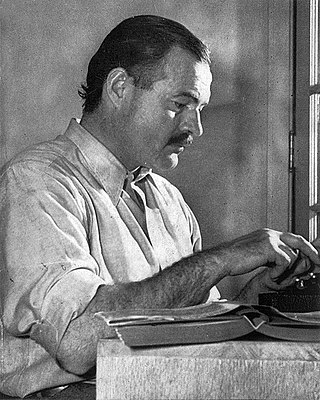
Ernest Miller Hemingway was an American novelist, short-story writer, and journalist. His economical and understated style—which included his iceberg theory—had a strong influence on 20th-century fiction, while his adventurous lifestyle and public image brought him admiration from later generations. Hemingway produced most of his work between the mid-1920s and the mid-1950s, and he was awarded the 1954 Nobel Prize in Literature. He published seven novels, six short-story collections, and two nonfiction works. Three of his novels, four short-story collections, and three nonfiction works were published posthumously. Many of his works are considered classics of American literature.
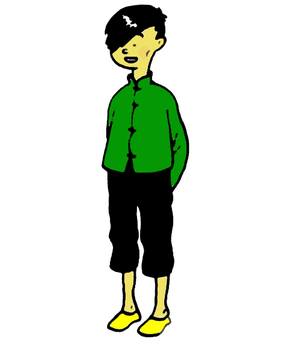
Chang Chong-Chen is a fictional character in The Adventures of Tintin, the comics series by Belgian cartoonist Hergé. Although Chang and Tintin only know each other for a short time, they form a deep bond which drives them to tears when they separate or are re-united.

The Complete Short Stories of Ernest Hemingway: The Finca Vigía Edition, is a posthumous collection of Ernest Hemingway's short fiction, published in 1987. It contains the classic First Forty-Nine Stories as well as 21 other stories and a foreword by his sons.
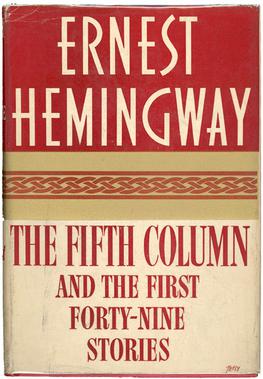
The Fifth Column and the First Forty-Nine Stories is an anthology of writings by Ernest Hemingway published by Scribner's on October 14, 1938. It contains Hemingway's only full-length play, The Fifth Column, and 49 short stories.

Winner Take Nothing is a 1933 collection of short stories by Ernest Hemingway. Hemingway's third and final collection of stories, it was published four years after A Farewell to Arms (1929), and a year after his non-fiction book about bullfighting, Death in the Afternoon (1932).
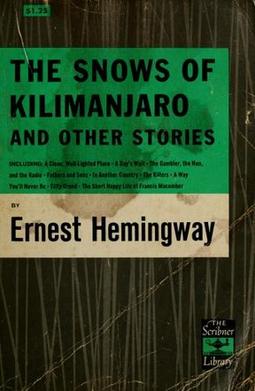
The Snows of Kilimanjaro and Other Stories is a collection of short stories by Ernest Hemingway, published in 1961. All the stories were earlier published in The Fifth Column and the First Forty-Nine Stories in 1938.
"A Clean, Well-Lighted Place" is a short story by American author Ernest Hemingway, first published in Scribner's Magazine in 1933; it was also included in his collection Winner Take Nothing (1933).
"A Day's Wait" is a short story by Ernest Hemingway published in his 1933 short story collection Winner Take Nothing, which portrays a young boy's reaction to becoming ill.
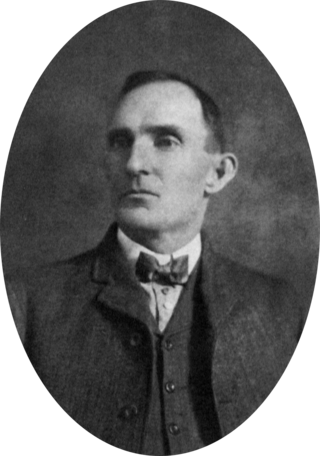
James Brown Miller, also known as "Killin' Jim", "Killer Miller" and "Deacon Jim", was an American outlaw and title-holder gunfighter of the American Old West, said to have killed 12 people during gunfights. Miller was referred to by some by the alias "Deacon Jim" because he regularly attended the Methodist Church, and he did not smoke or drink. He was lynched in Ada, Oklahoma, in 1909 along with three other men, by a mob of residents angry that he had assassinated a former deputy U.S. marshal.
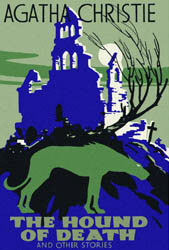
The Hound of Death and Other Stories is a collection of twelve short stories by British writer Agatha Christie, first published in the United Kingdom in October 1933. Unusually, the collection was not published by Christie's regular publishers, William Collins & Sons, but by Odhams Press, and was not available to purchase in shops.
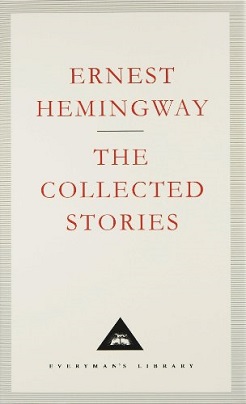
Ernest Hemingway: The Collected Stories is a posthumous collection of Hemingway's short fiction, published in 1995. Introduced by James Fenton, it is published in the UK only by Random House as part of the Everyman Library. The collection is split in two parts.

The Nun's Story is a 1959 American drama film directed by Fred Zinnemann and starring Audrey Hepburn, Peter Finch, Edith Evans, and Peggy Ashcroft. The screenplay was written by Robert Anderson, based on the popular 1956 novel of the same name by Kathryn Hulme. The film tells the life of Sister Luke (Hepburn), a young woman who decides to enter a convent and make the many sacrifices required by her choice.
"Fathers and Sons" is a short story by Ernest Hemingway published 1933, in the collection Winner Take Nothing. It later appeared in The Fifth Column and the First Forty-Nine Stories and The Snows of Kilimanjaro and Other Stories.

Ernest Hemingway (1899–1961) was an American novelist, short-story writer, journalist, and sportsman. His economical and understated style—which he termed the iceberg theory—had a strong influence on 20th-century fiction. Many of his works are considered classics of American literature.

"Indian Camp" is a short story written by Ernest Hemingway. The story was first published in 1924 in Ford Madox Ford's literary magazine Transatlantic Review in Paris and republished by Boni & Liveright in Hemingway's first American volume of short stories In Our Time in 1925. Hemingway's semi-autobiographical character Nick Adams—a child in this story—makes his first appearance in "Indian Camp", told from his point of view.

“The End of Something” is a short story written by Ernest Hemingway, published in the 1925 New York edition of In Our Time, by Boni & Liveright. The story is the third in the collection to feature Nick Adams, Hemingway's autobiographical alter ego.

The Nick Adams Stories is a volume of short stories written by Ernest Hemingway published in 1972, a decade after the author's death. In the volume, all the stories featuring Nick Adams, published in various collections during Hemingway's lifetime, are compiled in a single collection. The Nick Adams Stories includes 24 stories and sketches, eight of which were previously unpublished. Some of Hemingway's earliest work, such as "Indian Camp," as well as some of his best known stories, such as "Big Two-Hearted River," are represented.

"The Doctor and the Doctor's Wife" is a short story by Ernest Hemingway, published in the 1925 New York edition of In Our Time, by Boni & Liveright. The story is the second in the collection to feature Nick Adams, Hemingway's autobiographical alter ego. "The Doctor and the Doctor's Wife" follows "Indian Camp" in the collection, includes elements of the same style and themes, yet is written in counterpoint to the first story.
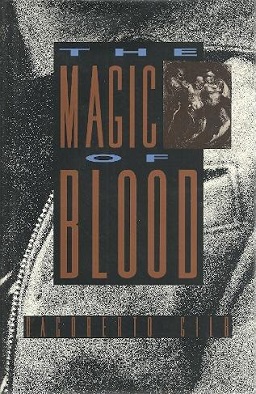
The Magic of Blood is a short story collection by Dagoberto Gilb. It received the 1994 Hemingway Foundation/PEN Award and the 1993 Whiting Writers' Award. The collection was released to rave reviews by several reputable critics, as well as authors, for its brutal realism and genuine portrayal of the marginalized masses. His book contains 29 stories separated into three distinct sections, which epitomize the perspective of the working classes and Chicano culture. Gilb's prose are simplistic in nature and his writing belongs to a proletariat genre, which explores the existence of labor, love, families, friends and the immigrant community in America.
"A Natural History of the Dead" is a short story by Ernest Hemingway. The story first appeared in Hemingway's 1932 novel Death in the Afternoon as the conclusion of Chapter 12. It was later included in the 1933 short story collection Winner Take Nothing.













